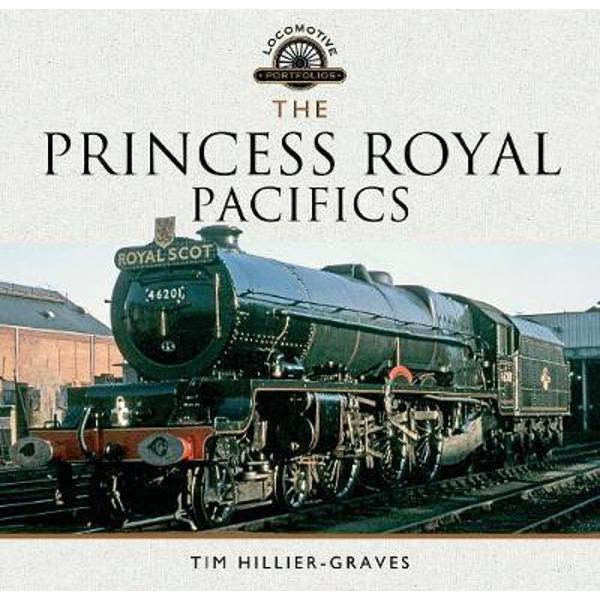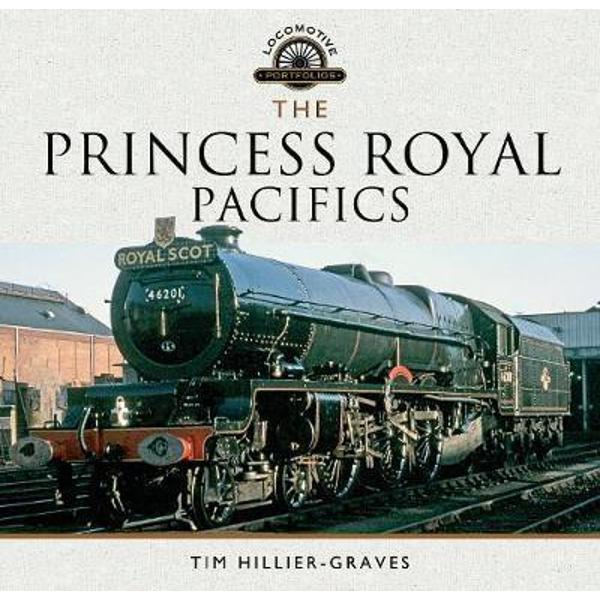Princess Royal Pacifics
Princess Royal Pacifics
Within a few short years, however, their premier position in the company had been taken by a very worthy successor, the Princess Coronation Class. Overshadowed and often overlooked, they tend to be seen as a stepping stone to something better. Yet, in reality they stand up well to the closest scrutiny, and this book tells the story of these engines through the eyes of those who came into contact with them. They also best represent the impact William Stanier had on locomotive design and best describe the way he changed the culture of the LMS to allow it to grow successfully. It is a story of great endeavor and courage that can only be told by revealing and discussing political, social, economic and engineering issues.
PRP: 198.33 Lei
Acesta este Pretul Recomandat de Producator. Pretul de vanzare al produsului este afisat mai jos.
168.58Lei
168.58Lei
198.33 LeiIndisponibil
Descrierea produsului
Within a few short years, however, their premier position in the company had been taken by a very worthy successor, the Princess Coronation Class. Overshadowed and often overlooked, they tend to be seen as a stepping stone to something better. Yet, in reality they stand up well to the closest scrutiny, and this book tells the story of these engines through the eyes of those who came into contact with them. They also best represent the impact William Stanier had on locomotive design and best describe the way he changed the culture of the LMS to allow it to grow successfully. It is a story of great endeavor and courage that can only be told by revealing and discussing political, social, economic and engineering issues.
Detaliile produsului












